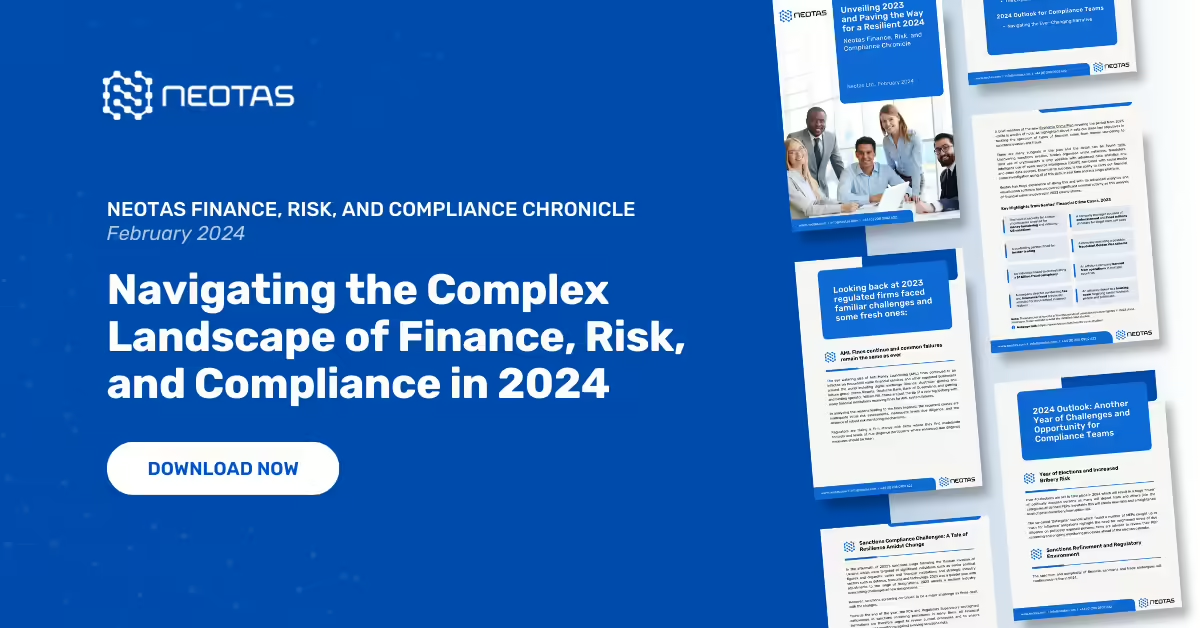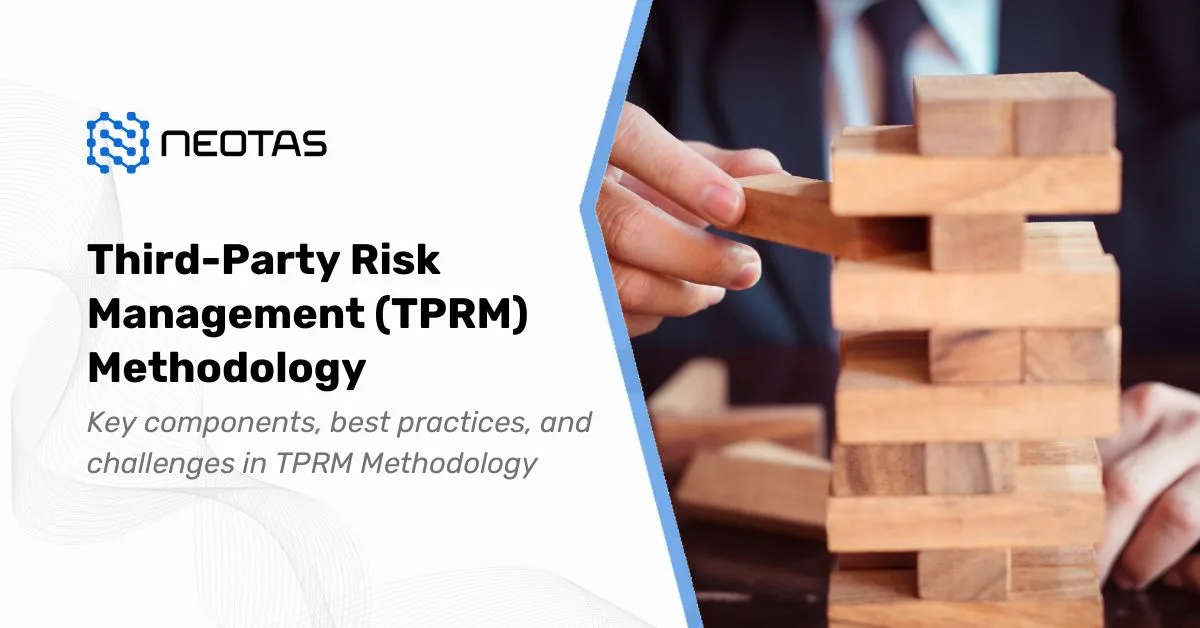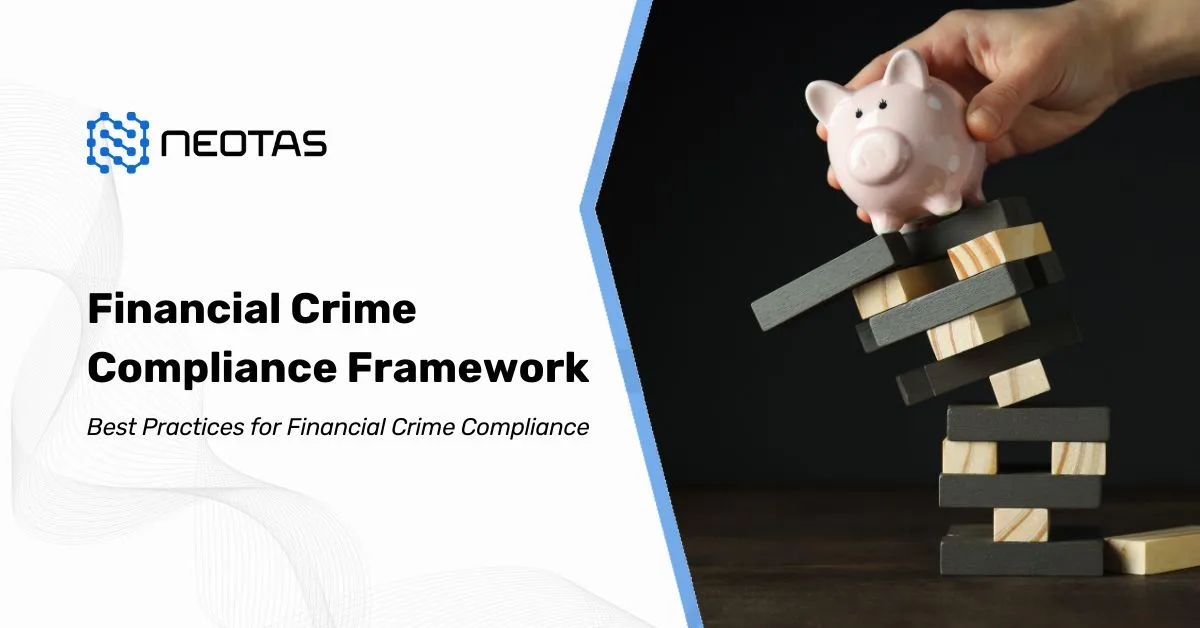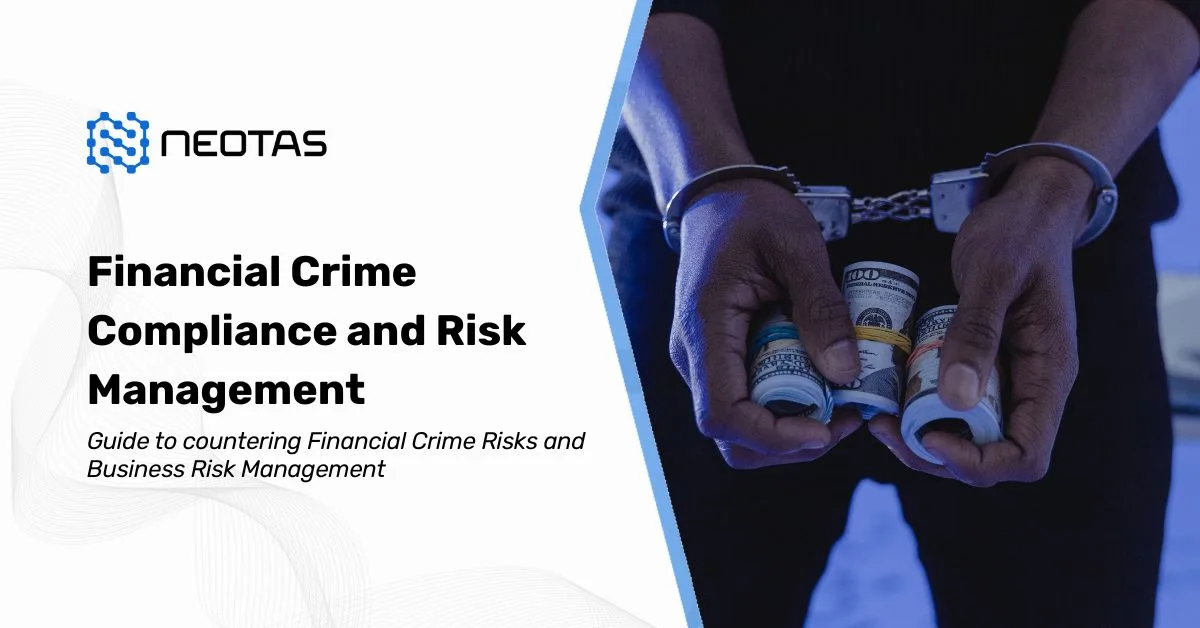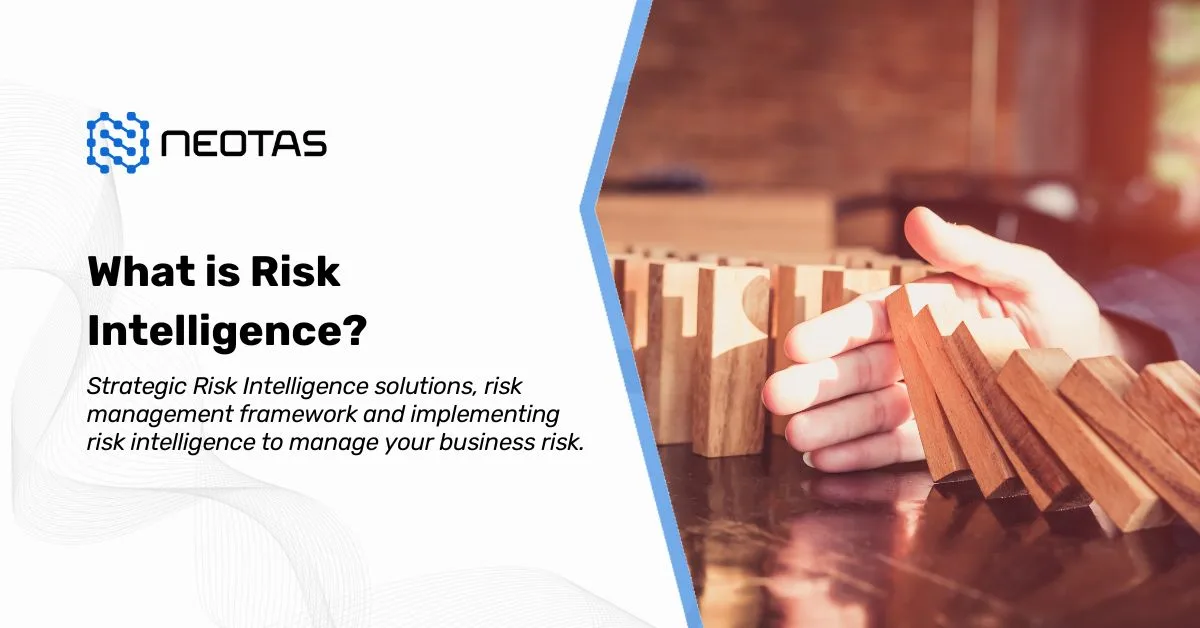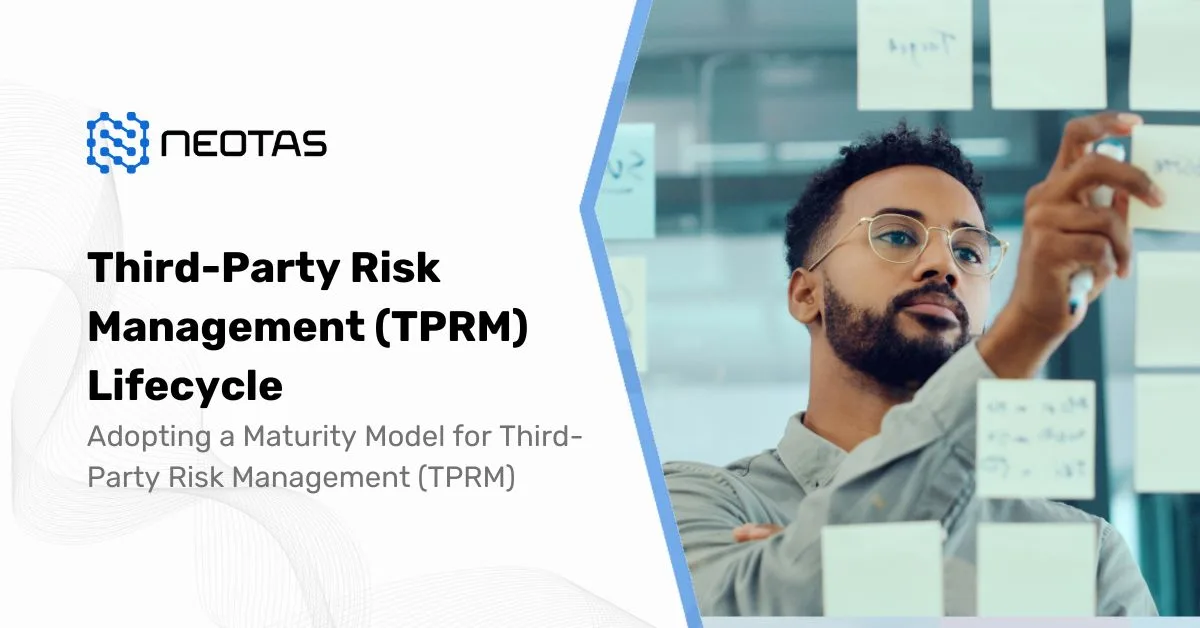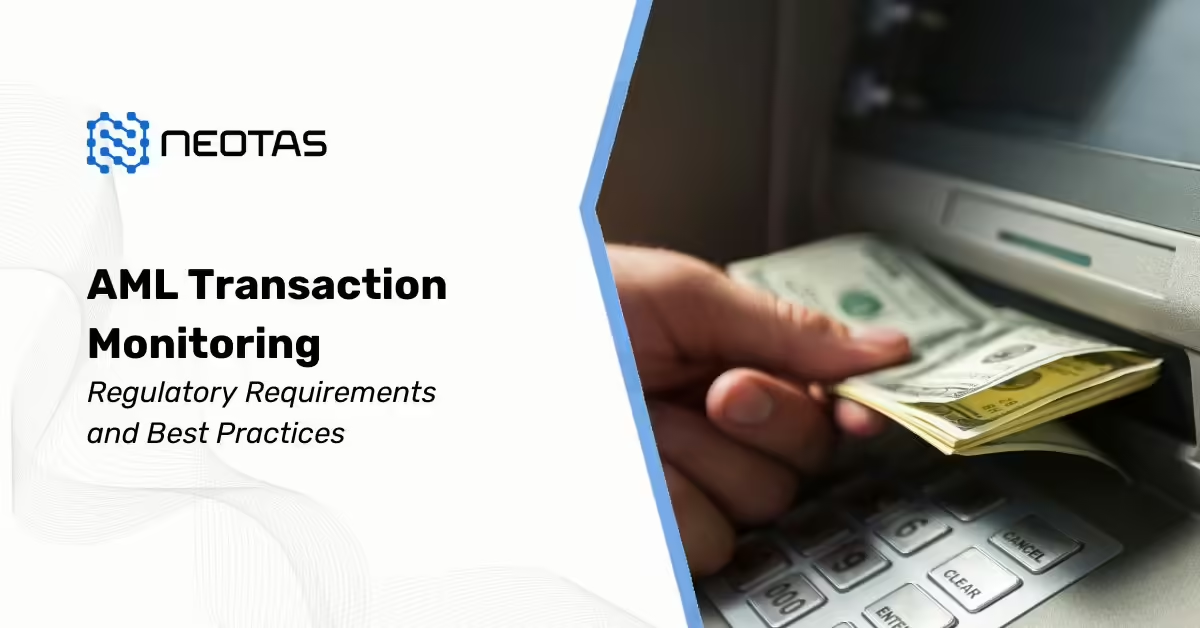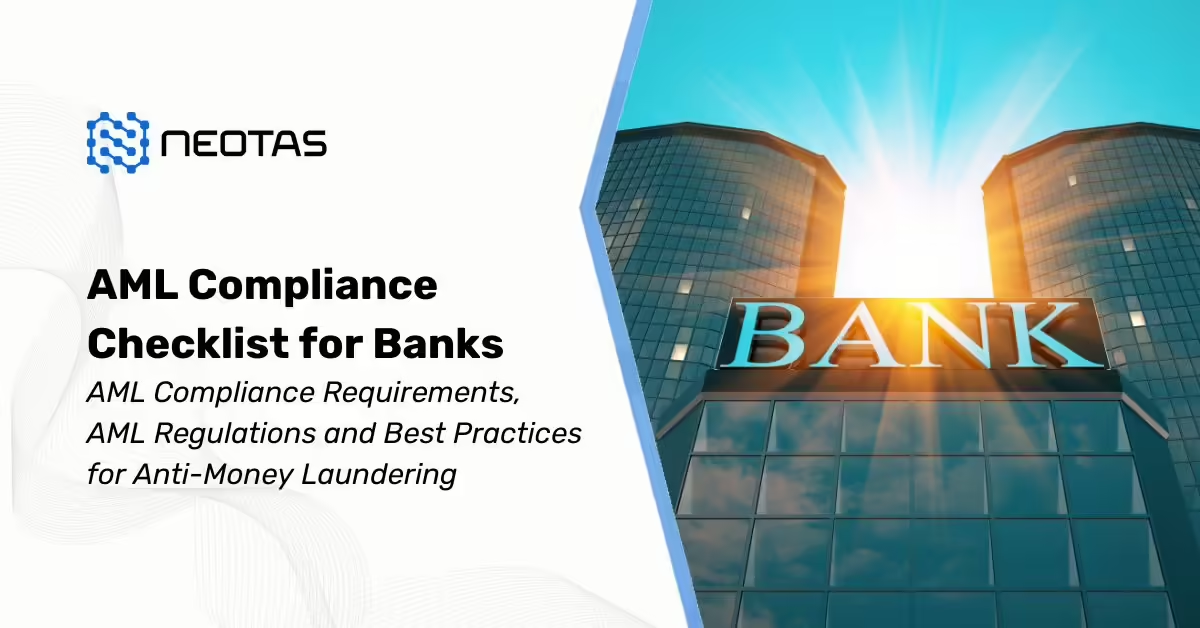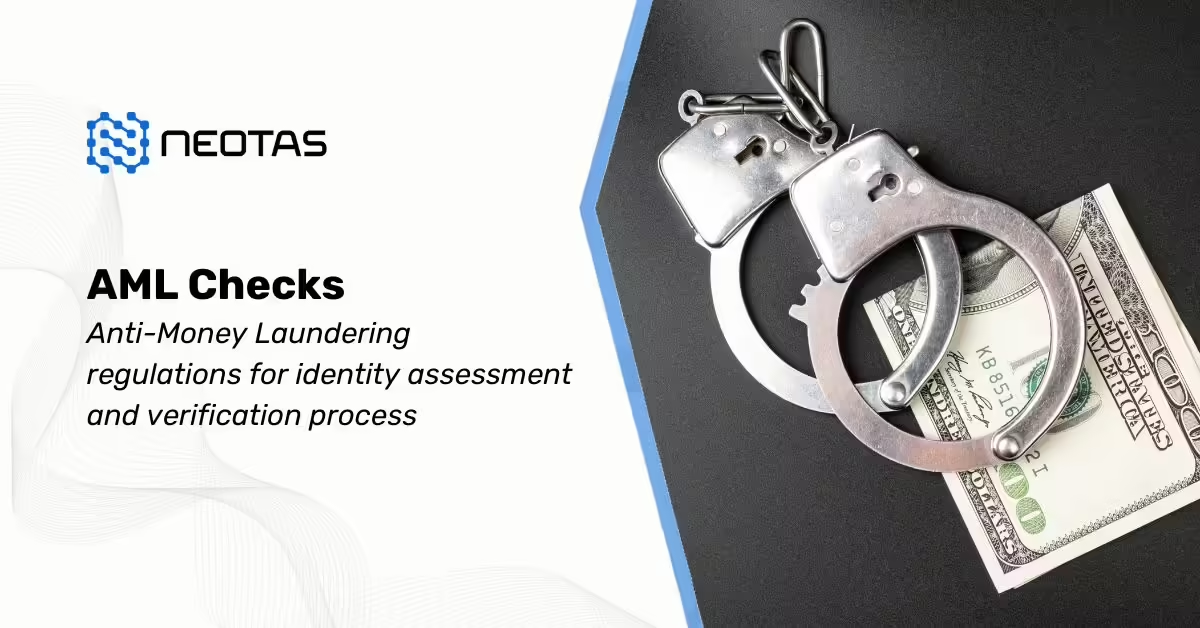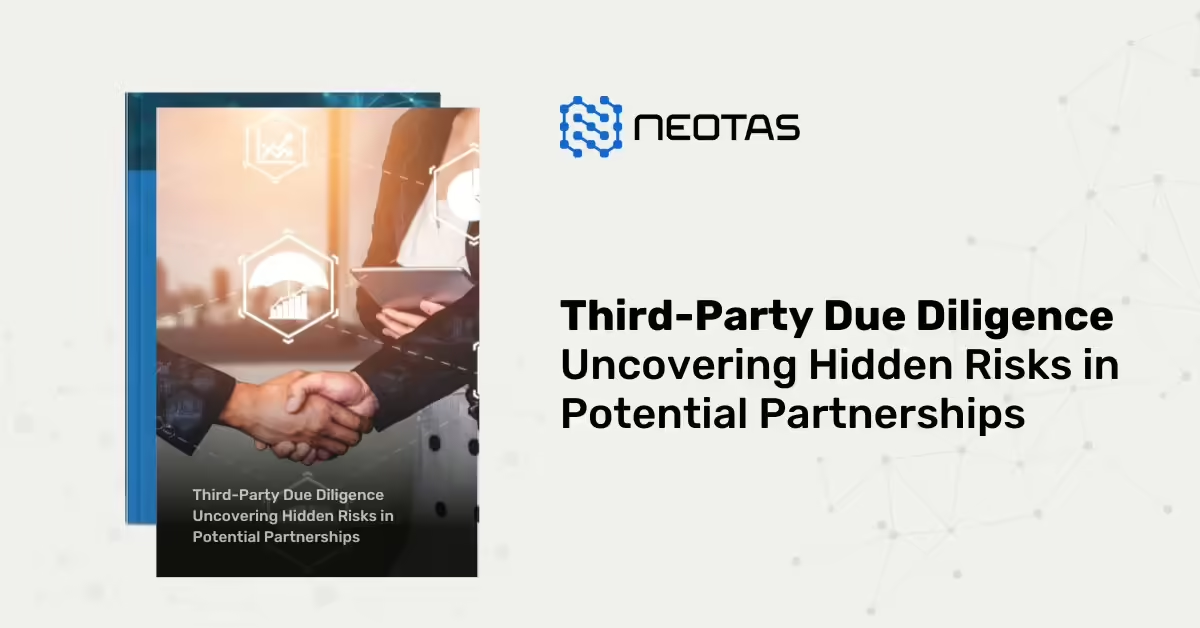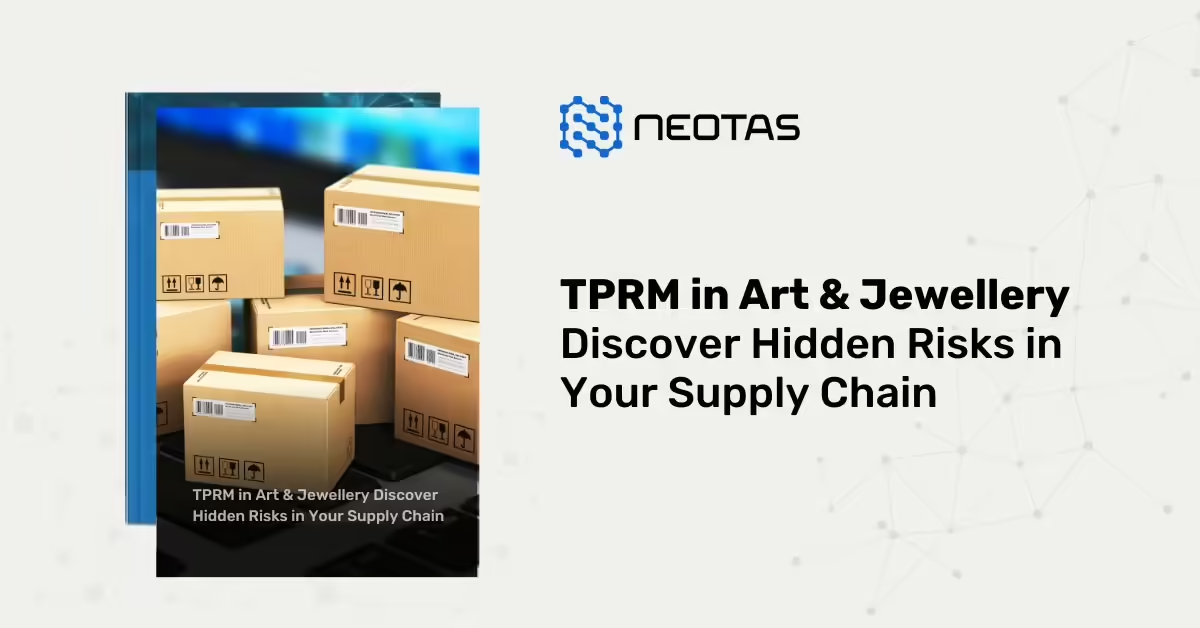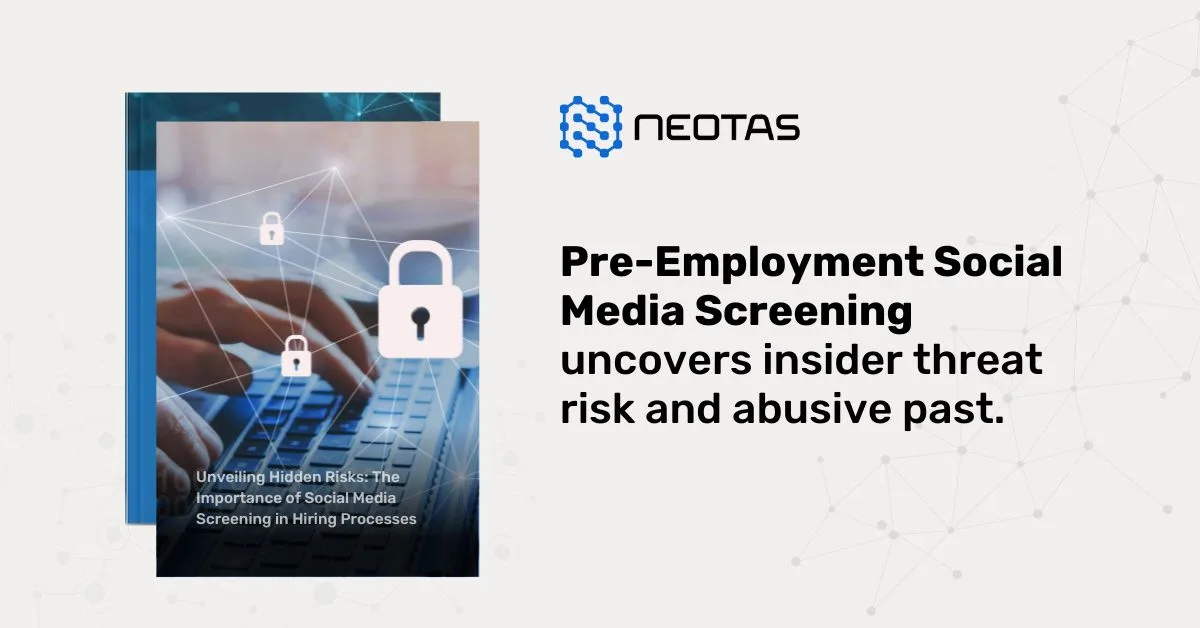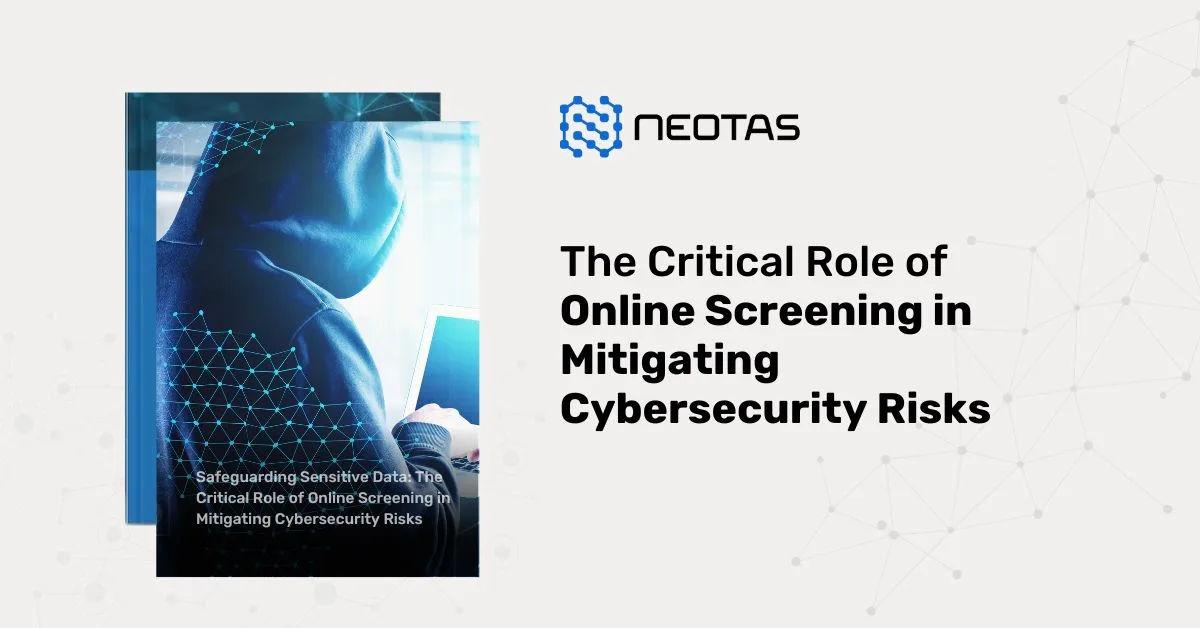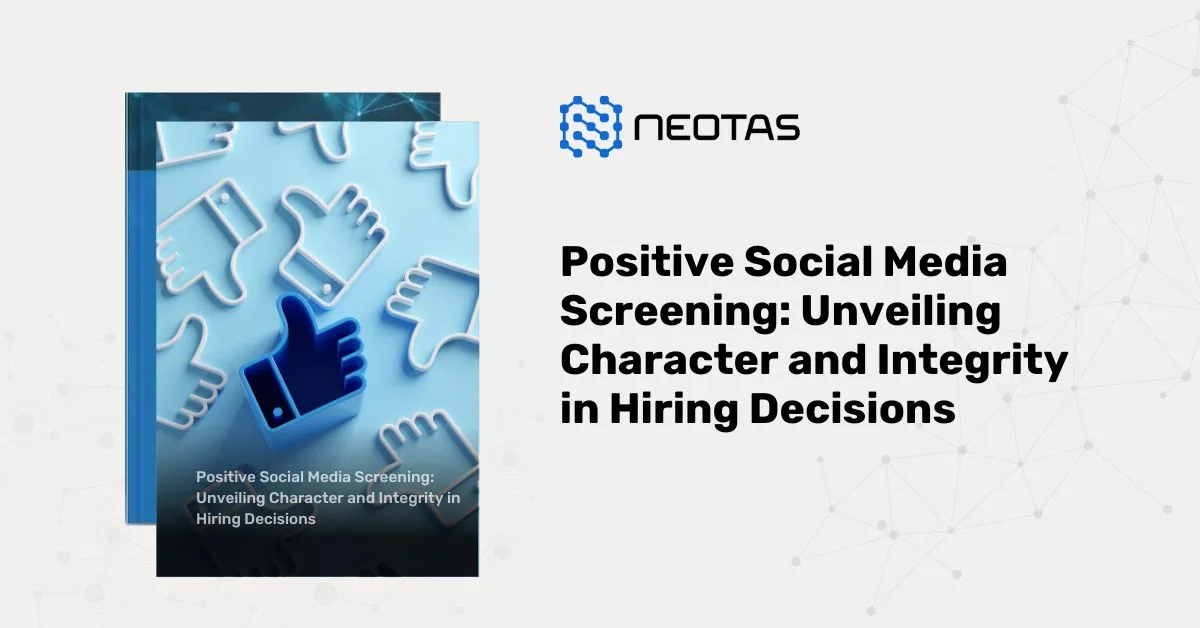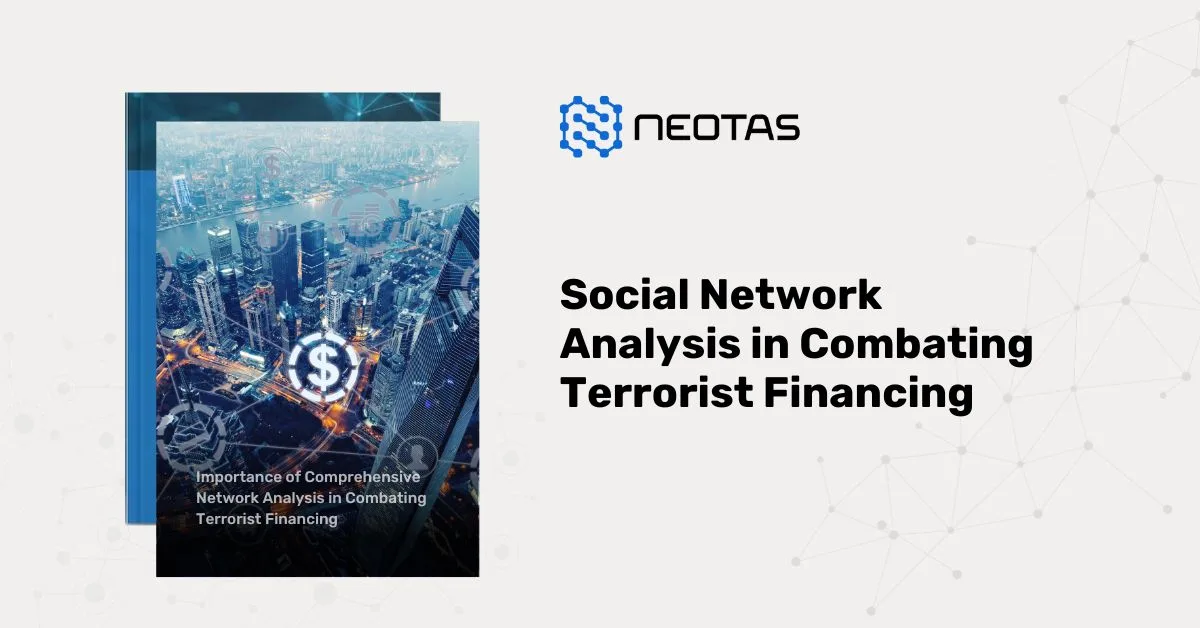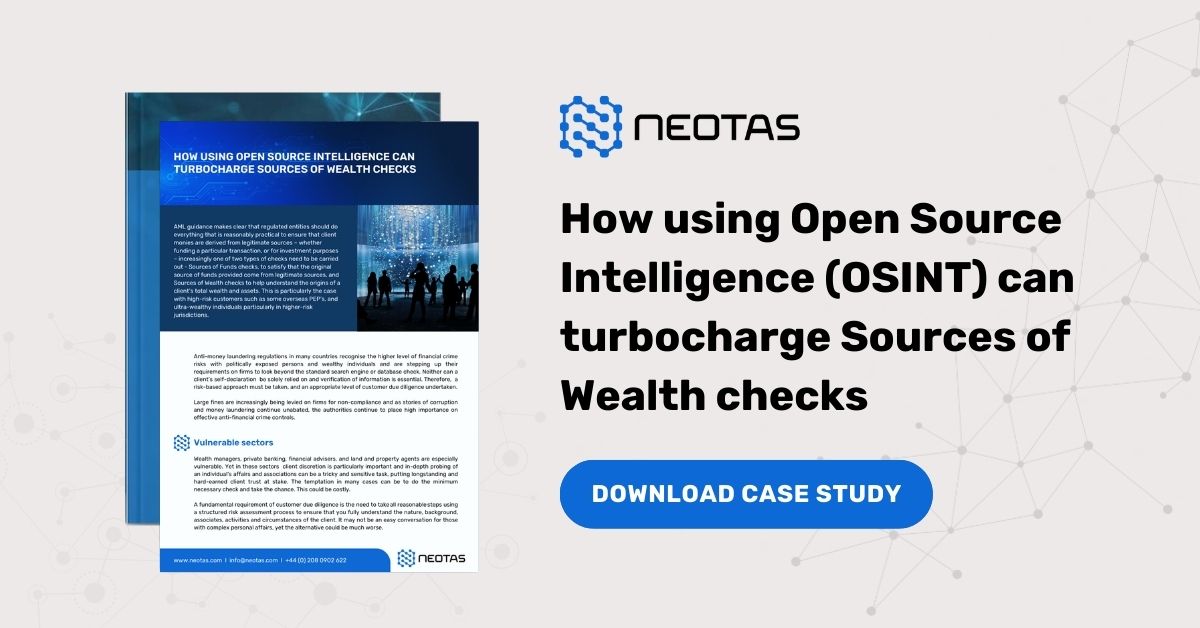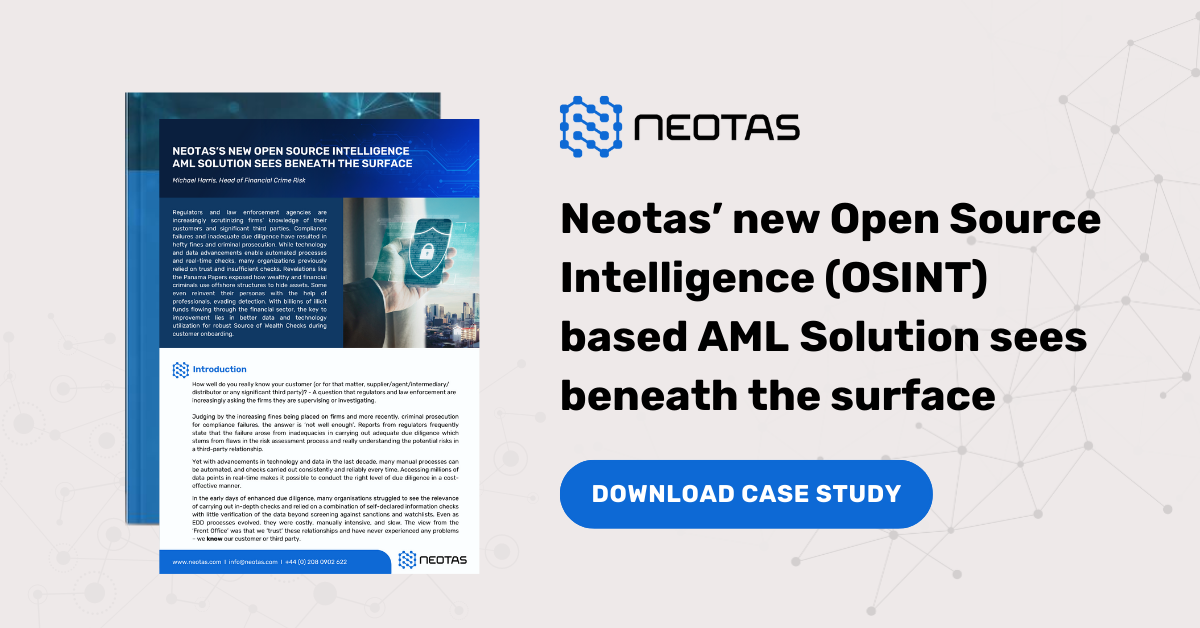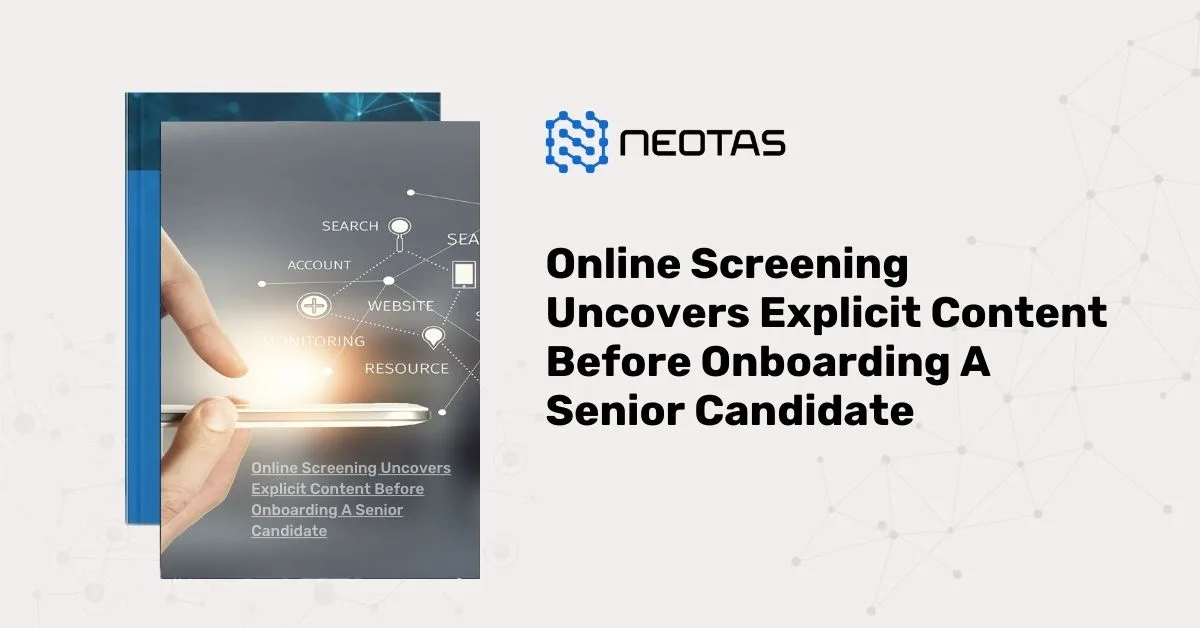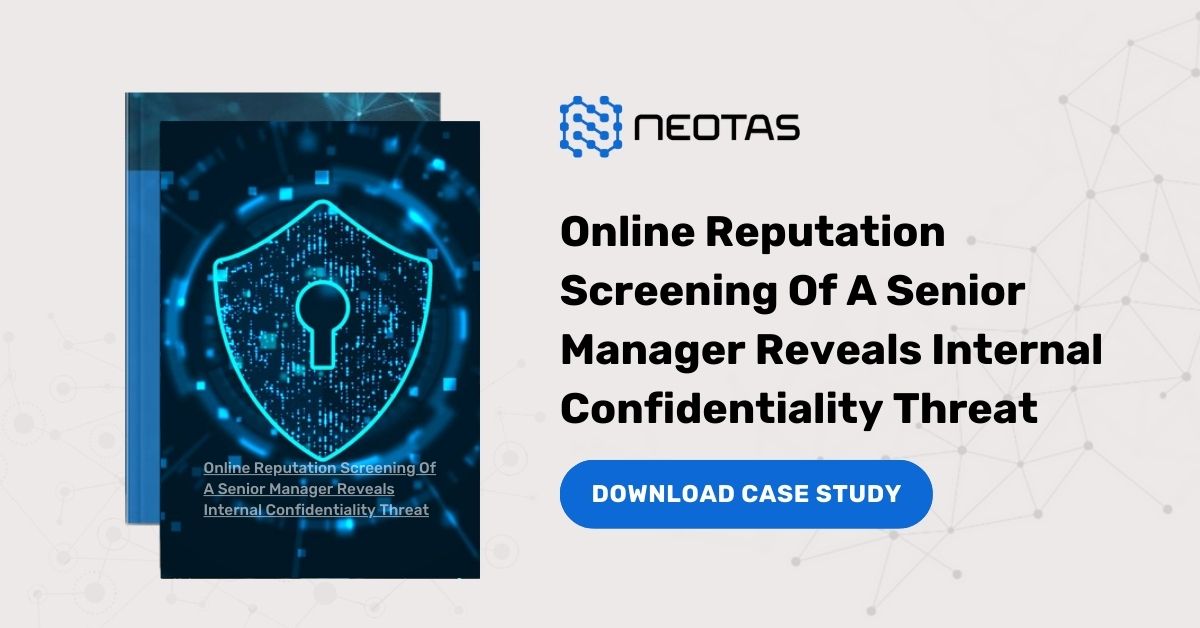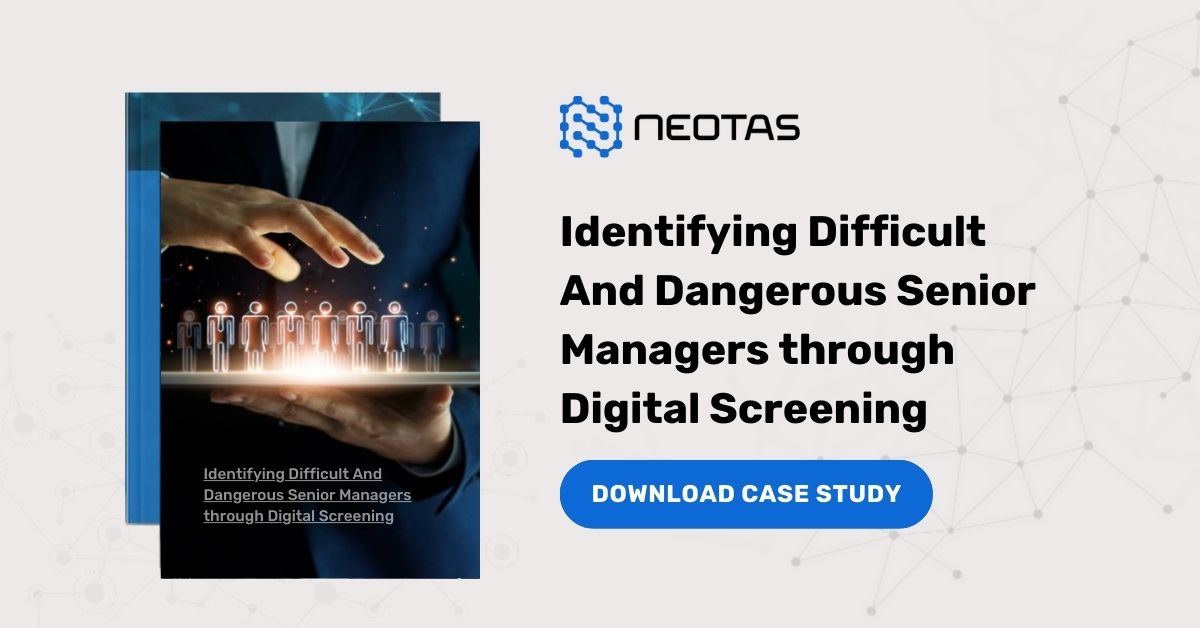Third-Party Risk Management (TPRM) Implementation
A Practical Guide for Finance and Banking Industry
1. Introduction to Third-Party Risk Management (TPRM)
What is TPRM?
Third-Party Risk Management (TPRM) refers to the structured approach businesses use to identify, assess, and manage risks associated with external vendors, suppliers, contractors, or partners.
In finance and banking, where confidentiality, security, and compliance are non-negotiable, managing these risks is critical. TPRM is not a box-ticking exercise; it’s about understanding where your dependencies lie and how those relationships could affect your operations, data integrity, and customer trust.
Why TPRM Matters in Finance and Banking?
Financial institutions often work with hundreds, sometimes thousands, of third parties. From software providers to outsourced IT services, every partnership opens a potential doorway to risks—whether it’s data breaches, regulatory non-compliance, or reputational damage. Regulators such as the FCA and PRA now expect firms to have robust third-party risk controls in place. Weak TPRM isn’t just risky; it can lead to hefty fines and lasting brand damage.
2. Benefits of Implementing TPRM
2.1 Clear Visibility of Risk Landscape
A formal TPRM framework gives you structured visibility across your third-party ecosystem. You can see who you rely on, what data they access, and how resilient they are in the face of cyber threats or operational hiccups. This visibility is the foundation for making informed decisions.
2.2 Improved Regulatory Compliance
With regulations tightening globally, having an embedded TPRM programme demonstrates to regulators that your business is taking third-party risks seriously. It ensures your vendor relationships are continuously reviewed against compliance standards, particularly around data protection, outsourcing, and operational resilience.
2.3 Operational Resilience
If a critical third party fails—say, your cloud provider suffers an outage—it shouldn’t cripple your operations. TPRM helps you map dependencies and plan contingencies. You can build fallback options and test recovery strategies before a crisis hits.
2.4 Financial Protection
Unexpected vendor failures can lead to direct losses, legal costs, or remediation expenses. TPRM helps prevent these scenarios through due diligence, monitoring, and contract design, thereby saving money in the long run.
2.5 Reputation Defence
Customers and investors expect financial firms to have tight control over their operations—including who they do business with. A breach involving a third party reflects poorly on your organisation, even if the fault lies with the vendor. TPRM helps you avoid being caught off-guard.\
3. Framework for TPRM Implementation
3.1 Governance and Ownership
Start with accountability. Appoint a senior lead—often someone in risk or compliance—to own the TPRM programme. Make sure there is board-level visibility, and that departments such as procurement, IT, legal, and operations are all looped in.
3.2 Risk Identification and Assessment
Not all third parties pose the same risk. Classify vendors by criticality—for instance, those with access to customer data or core systems should be flagged as high risk. Assess them for financial stability, cyber security posture, and past compliance issues.
3.3 Due Diligence Processes
Go beyond tick-box questionnaires. Depending on risk level, perform in-depth reviews, request evidence (e.g. SOC reports, penetration test results), and verify their regulatory standing. Document everything for audit and review purposes.
3.4 Contractual Controls
Ensure contracts include clear clauses on data handling, breach notifications, audit rights, SLAs, and termination triggers. Legal teams should align contracts with your TPRM policy.
3.5 Ongoing Monitoring
TPRM isn’t static. High-risk vendors should be reviewed annually, or more often if circumstances change. Monitor news, regulatory alerts, and cyber risk ratings. Implement performance scorecards and review meetings.
Read more on our detailed guide on Implementing a TPRM Framework
4. Common Challenges in TPRM Implementation
Resource Constraints
TPRM requires people, time, and tools. Smaller firms often struggle to dedicate resources. Start with your most critical vendors and scale the programme gradually.
Data and System Complexity
Managing hundreds of third-party relationships across different departments and platforms can get messy. Use a centralised system or TPRM tool to maintain consistent records and streamline assessments.
Changing Regulatory Expectations
Financial regulations evolve fast. Build flexibility into your TPRM process so you can update requirements as needed without overhauling the entire framework.
5. Best Practices for Effective TPRM
Use Fit-for-Purpose Tools
Invest in TPRM platforms that automate assessments, track evidence, and issue alerts. Choose one that integrates with your existing risk or procurement systems.
Embed Risk Culture
Make TPRM part of daily operations. Train teams to recognise when a new supplier might require vetting. Encourage departments to collaborate on assessments and risk ratings.
Cross-Functional Collaboration
No single team can manage third-party risk in isolation. Build processes that require input from procurement, IT, compliance, and business units. This ensures risks are assessed from all angles.
Regular Training and Awareness
Keep staff updated on what TPRM means in practical terms. Share examples of past incidents, explain policy updates, and offer training tailored to different roles.
TPRM isn’t just about compliance; it’s about protecting your business, customers, and reputation. As financial services grow more interconnected, the risks from third parties multiply. Implementing a structured TPRM framework gives you control, insight, and resilience. If your organisation hasn’t started yet, now is the time.
Implementing Third-Party Risk Management (TPRM) offers a multitude of benefits that transcend cybersecurity and compliance considerations. By adopting a comprehensive TPRM approach, organizations can fortify their defences against various risks, enhance operational resilience, optimize vendor performance, streamline governance processes, and ultimately position themselves as responsible and trustworthy entities in the eyes of stakeholders. In an increasingly interconnected business environment, embracing TPRM is not merely a best practice but a strategic imperative for organizations seeking to mitigate risks, maintain compliance, and foster long-term success.
Read more about Third-Party Risk, TPRM software, and TPRM processes.
Download the TPRM Questionnaire Template
How can Neotas TPRM solutions help?
Neotas offers an innovative solution to businesses grappling with Third-Party Risk Management (TPRM). In an era of increasing outsourcing, TPRM has become pivotal, and Neotas recognises this need. Through our enhanced due diligence platform, businesses can efficiently track and evaluate vendors and contractors, ensuring adherence to security protocols in a cost-effective manner.
The Neotas platform automates the vendor onboarding process, streamlining the addition of new vendors with remarkable ease and speed.
Moreover, Neotas provides a customisable dashboard, enabling businesses to proactively identify and address emerging risks. By consolidating vital vendor information, Neotas facilitates the seamless integration of risk management into existing Customer Relationship Management (CRM) and Supply Chain Management (SCM) systems, ultimately helping businesses maximise profits while minimising risk exposure.
Need help building your TPRM programme? We offer advisory and implementation support tailored for financial institutions. Get in touch to discuss how we can strengthen your third-party risk posture.
If you’re curious about whether our third-party risk management solutions and services align with your organisation, don’t hesitate to schedule a call.
Third Party Risk Management (TPRM) Solutions:
- Enhanced Due Diligence
- Management Due Diligence
- Customer Due Diligence
- Simplified Due Diligence
- Third Party Risk Management
- Open Source Intelligence (OSINT)
- Introducing the Neotas Enhanced Due Diligence Platform
Third Party Risk Management (TPRM) Case Studies:
- Third Party Risk Management (TPRM) Using OSINT
- Open-source Intelligence For Supply Chain – OSINT
- ESG Risk Management Framework with Neotas’ OSINT Integration
- Open Source Intelligence In AML Compliance | Case Study
- Identifying Difficult And Dangerous Senior Managers
- ESG Risk Investigation Uncovers Supply Chain Risks
- Financial Crime Compliance & Risk Management Trends
- Network Analysis Reveals International Links In Credit Risk Case
- Network Analysis and Due Diligence – Terrorist Financing
- Using OSINT For Sources Of Wealth Checks
- ESG Risks Uncovered In Investigation For Global Private …
- PEP Screening: Undisclosed Political Links Uncovered For European Organisation
- Risk-Based Approach (RBA) to AML & KYC risk management
- Anti-Money Laundering (AML)

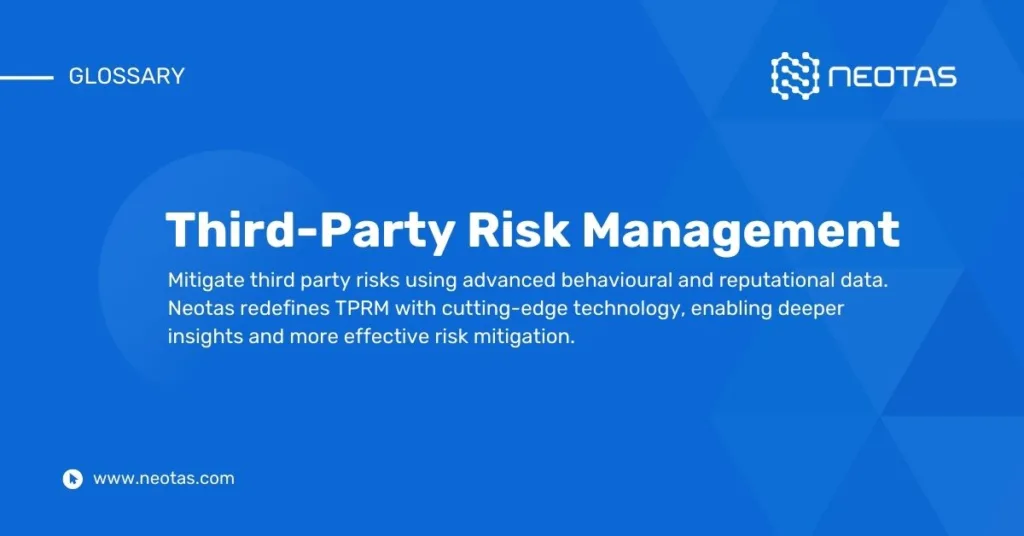

 Financial Crime Compliance Trends 2024
Financial Crime Compliance Trends 2024